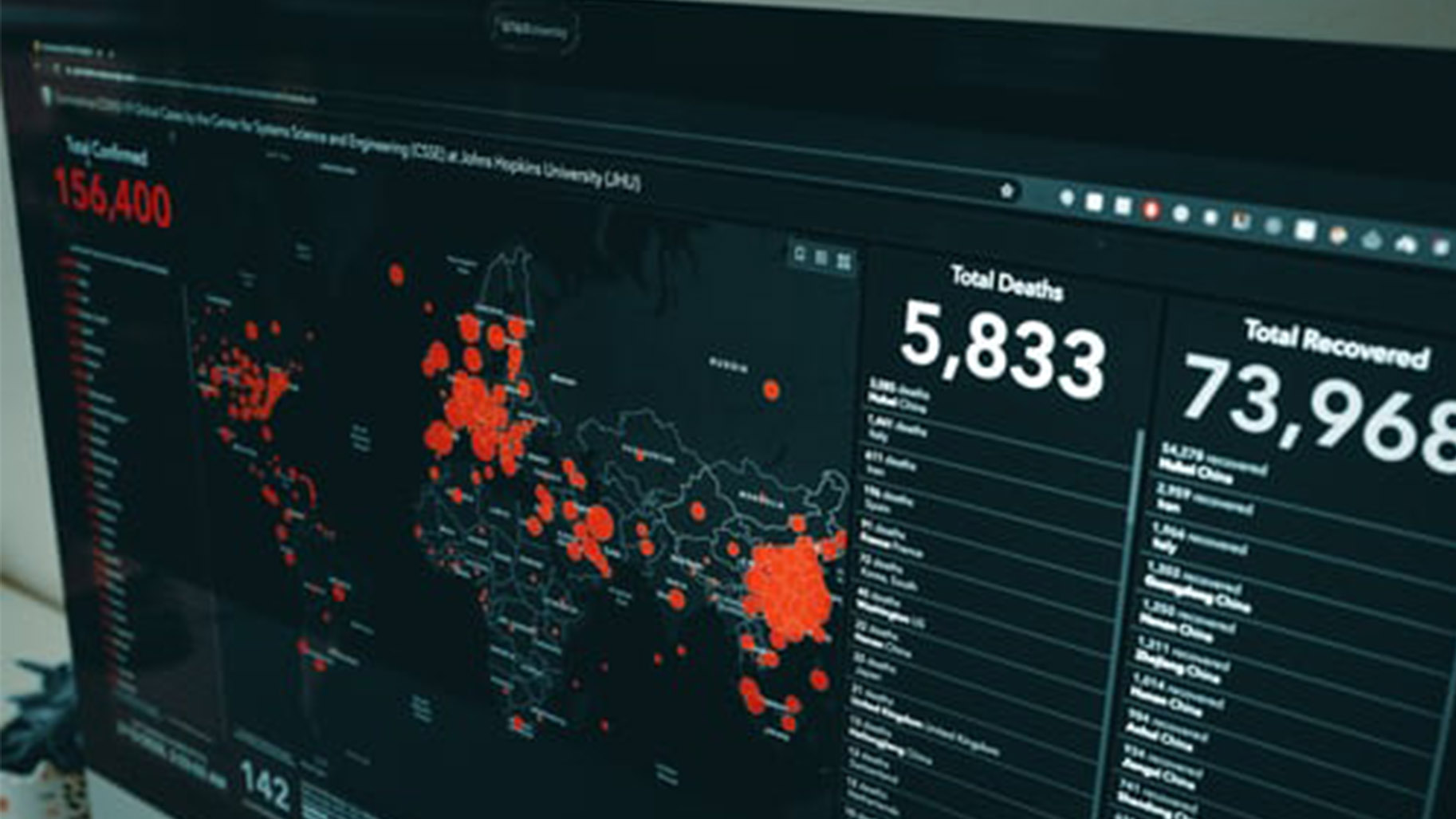GestEpid, the application of data science to the prediction of the evolution of the health crisis
Date:
Changed on 03/07/2020

This project was born in the early hours of containment from a dual desire to better understand the dynamics of the COVID-19 epidemic in France and to apply our data science expertise to this exceptional situation.
For several years, the Sistm project-team has been working on dynamic intra- and inter-host models applied to infectious diseases to help and accelerate the development of treatments and vaccines. It was therefore natural that the idea of a collaborative project using (initially) public data of the epidemic dynamics of COVID-19 was born. The initial idea was to be able to predict from the very first weeks the medium-term impact of containment and the attack rate of the epidemic in order to help guide a deconfinement and to compare the results with those obtained by other research groups in France and abroad. Indeed, epidemic models are based on many hypotheses, so it seemed crucial to us to compare the results of several models (structural models, statistical approaches...) in order to measure the robustness of the predictions.
The project was then expanded with the participation of our working group in the Health data hub WG1: "Epidemic management, containment and de-containment" in direct link with the ministries.
At the same time, our research group for the GestEpid project was joined by members of other Inria teams (Monc, Medisim, SED) and by researchers from the Bordeaux University Hospital data warehouse. The team thus strengthened, tackled an even more ambitious objective: to predict early a (possible) second wave of COVID-19 in France and in particular in the Nouvelle-Aquitaine region.
The project received the "Mission Covid" label from Inria at the beginning of April 2020. A first research article was submitted in mid-May in a biostatistics journal: we show the weekly effect of containment on the epidemic dynamics of COVID-19. Our work was mentioned by the Scientific Council in their June 2nd report.
Today, we are paying particular attention to the territory of Nouvelle-Aquitaine. We are focusing on estimating and monitoring reproduction rates of the epidemic, reconciling the various data sets available. Our close relationship with the data warehouse of the Bordeaux University Hospital (in the process of being extended to the Limoges and Poitiers University Hospitals) allows us to take into account very early data in the epidemic dynamics, such as data from the SAMU or surveillance data from the sentinel network. The main work is to jointly model all the available indicators. We are in the process of building a dashboard to monitor the spread of the epidemic on a weekly basis and the 7- and 15-day hospital capacity needs in the departments of New-Aquitaine.
Our work is directly linked to local partners such as Inserm, the University of Bordeaux and the Bordeaux University Hospital. Multi-weekly meetings are held by videoconference with project members in order to coordinate progress as best as possible.
In order to inform health decision-makers as quickly as possible, we are also forging direct links with local institutions (CIRE, ARS, Santé Publique France antenne région) and actors at the national level via the modcov platform and the Health Data Hub.